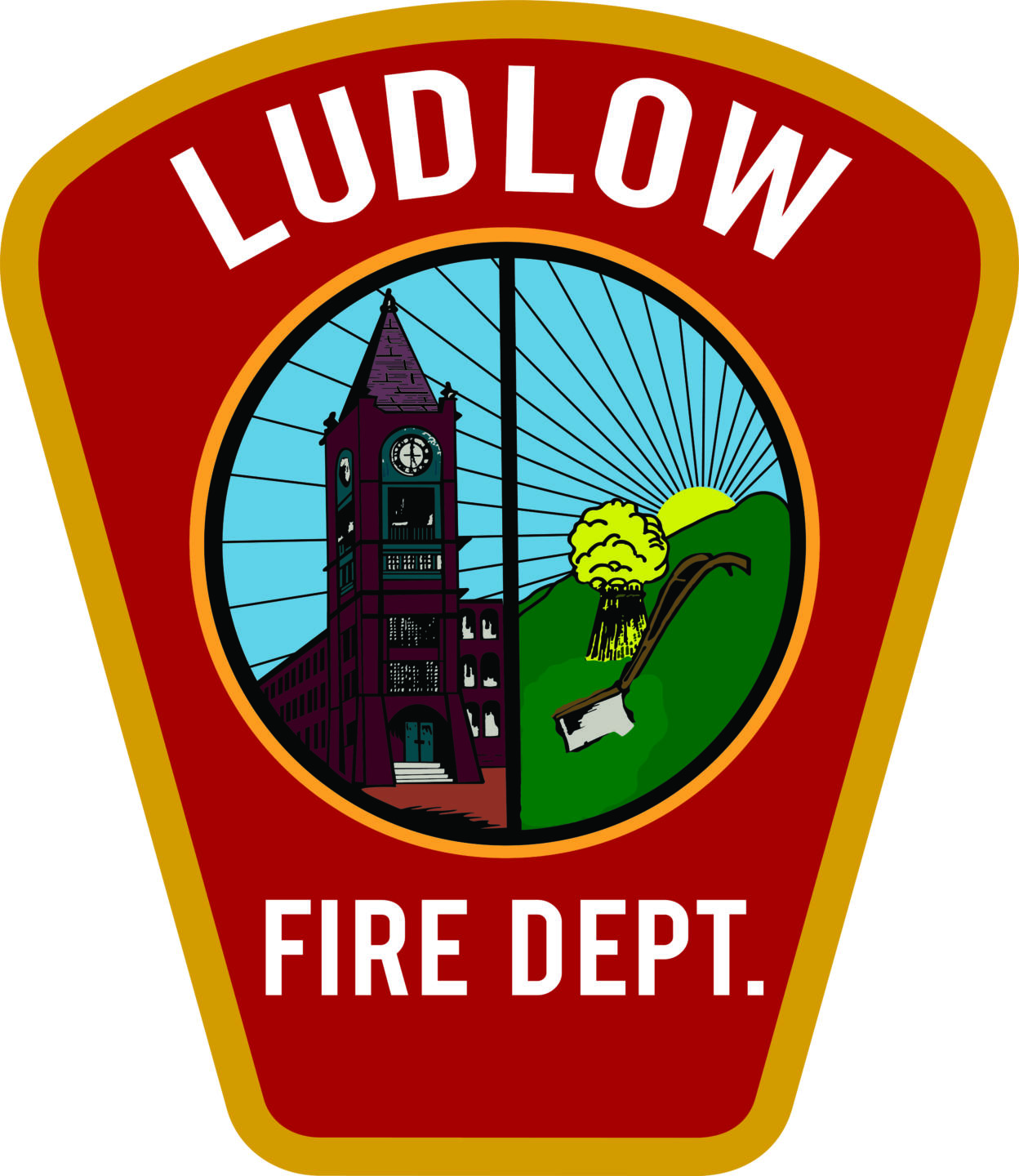Open Burning season begins Jan. 15 and runs through May 1. An open burning permit is required to burn in compliance with Massachusetts law.
Burning must be done between 10 a.m. and 4 p.m., from Jan. 15 to May 1, at least 75 feet from all buildings, and as close as possible to the source of material being burned.
Residents are allowed to burn
- Brush, cane, driftwood and forestry debris (but not from commercial or industrial land clearing)
- Agricultural materials including fruit tree and bush prunings, raspberry stalks, and infected bee hives for disease control
- Trees and brush from agricultural land clearing
- Fungus-infected elm wood, if no other acceptable means of disposal is available
Residents may not burn
- Leaves
- Brush, trees, cane or driftwood from commercial or industrial land clearing
- Grass, hay, leaves, stumps or tires
- Construction materials or demolition debris
- Household trash
What times are best for open burning?
- You can help prevent wildland fires by burning early in the season. Wet and snowy winter conditions help hinder the rapid spread of fire on or under the ground.
- Changing weather conditions and increased fire danger in spring can lead to many days when open burning is not allowed.
- April is usually the worst month for brush fires. When snow recedes, but before new growth emerges, last year’s dead grass, leaves and wood are dangerous tinder. Winds also tend to be strong and unpredictable in April.
For more information on open burning in Massachusetts, visit Mass.gov.
